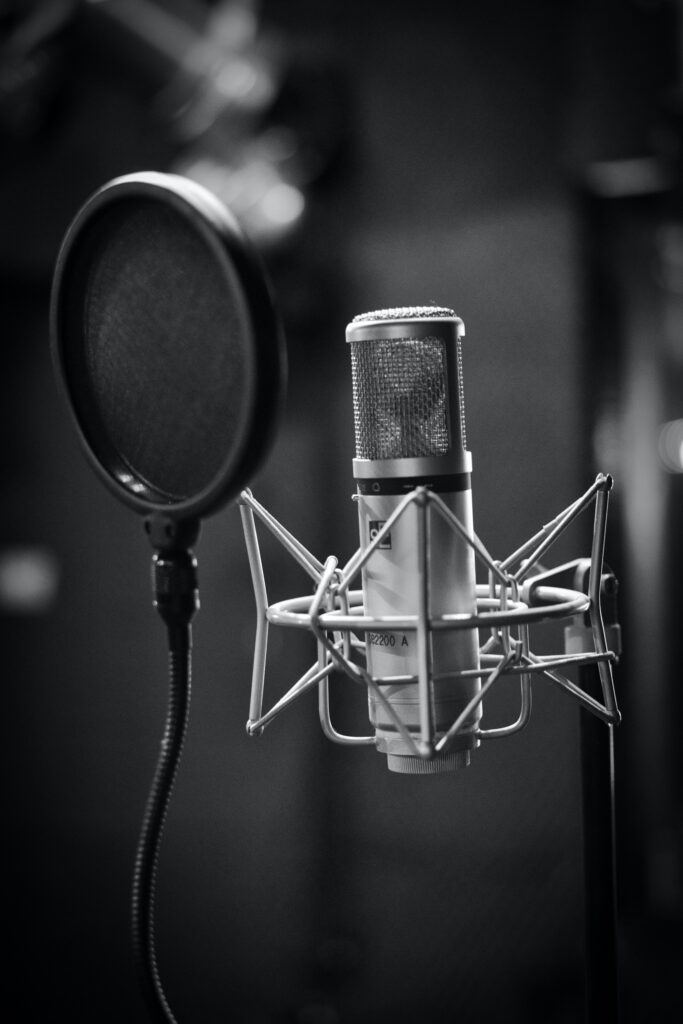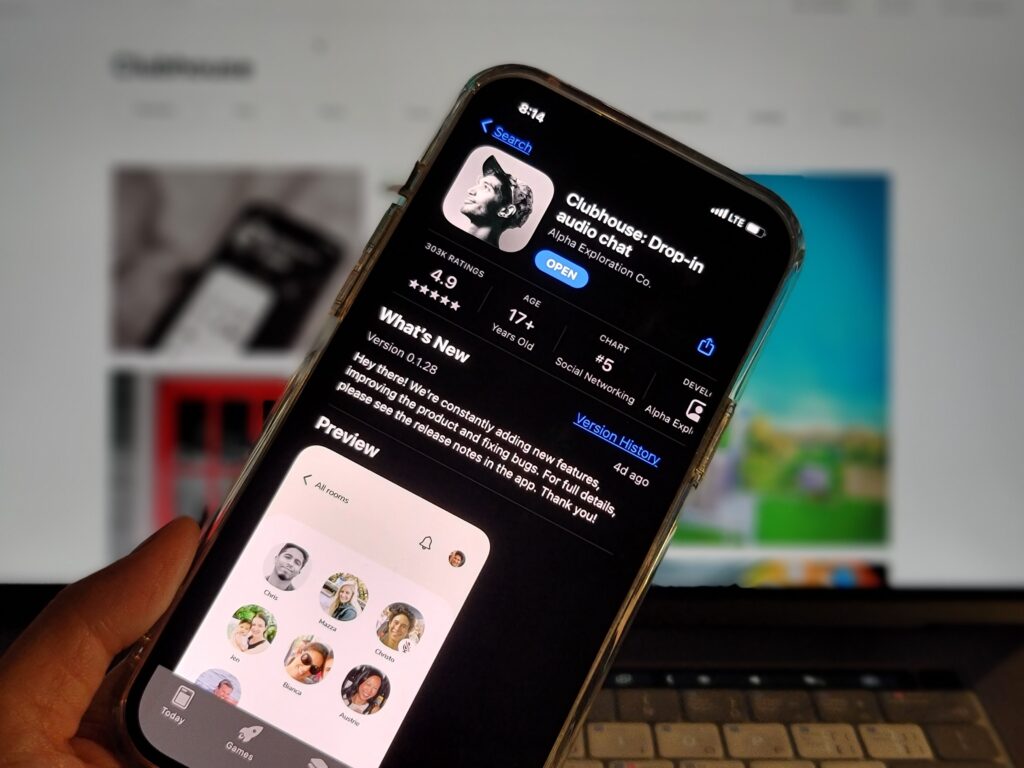When you think about audio spaces on social media, which platform do you think of first? I for one never heard of audio spaces until I got into cryptocurrency and NFTs. The inventor of audio spaces, Clubhouse, is not that relevant in today’s internet. To circle back to the initial question, my answer is Twitter Spaces, as that is where I would get my crypto and NFT news directly from the developers. All the platforms allow you to do is simply listen to what the presenter has to say. Even voice communication software such as Discord has this feature now. Today, we’ll discuss what it means for your business, and how you can take advantage of audio spaces.
What is an Audio Space?
To put it simply, an audio space is a place users can join to listen to a presenter. This presenter could be presenting just about anything. Such as updates to the latest video game, a TED talk, or even investment ideas and strategies. An audio space allows for a user to set it up and share their thoughts and what they’ve been working on with the internet. It is used to benefit all users, including the business, as it is an easy, free way to get your valuable information out there.
Why are Audio Spaces Popular?
Audio Spaces have died down in popularity recently. However, during the height of the pandemic in 2020, it was super popular among businesses and their respective partners. Since there was nothing to do besides isolate, people were advocating for their business via social media, and looking for the next big thing. Clubhouse was that next big thing. Very quickly, platforms such as twitter and Facebook took notice, and made their own versions of clubhouse. Therefore, it became popular, as more people got exposed to the medium, the more people began to use it. Clubhouse in that sense was just the beginning, and really helped spaces that did not get a lot of attention such as cryptocurrency take off. These audio presentations and discussions helped elaborate on things that were not often talked about otherwise or were commonly found to be lucrative or confusing.
What Happened to Audio Spaces?

As of late, audio spaces are on the downswing. This is due to a multitude of reasons. Firstly, the COVID-19 pandemic is slowly dissipating to the point of flu season. This means that people are returning to the way it was before the pandemic. People have less time to discuss things live on the internet. Albeit a fantastic idea, a new iteration of the audio spaces may breathe newfound life into it. For instance, a live feature for podcasts may bring audio spaces back into the spotlight. If Apple for example brought live premieres where they could take callers on the spot, like radio, audio spaces would be brought to a whole new level. Presenters would be able to take topics and spin them on their heads. Lead into new topics of discussion during your presentation, or after.
Audio Spaces are a relatively new medium on the internet. During the height of the pandemic, it saw explosive popularity. In 2020, Clubhouse invented the audio space, with presenters and other users listening in on what one another had to say. The audio space was a fantastic way during the pandemic to advocate your business in a public manner, in a form that is easy to digest. Many platforms took this concept and made it their own. For instance, Twitter has Twitter Spaces, a medium in which audio and video can be displayed and presented. Whether it be a premiere for a new product or a quarterly business meeting, an audio space could be a great place to present those findings. Even though the audio space is losing popularity, it will surely rise again due to new developments and innovations on the platform. With ever evolving companies such as Meta, you never know what will happen!
If you like what you read, please check out our other articles on astrotechllc.com/blog. Thank you for reading, and have a great rest of your day!



